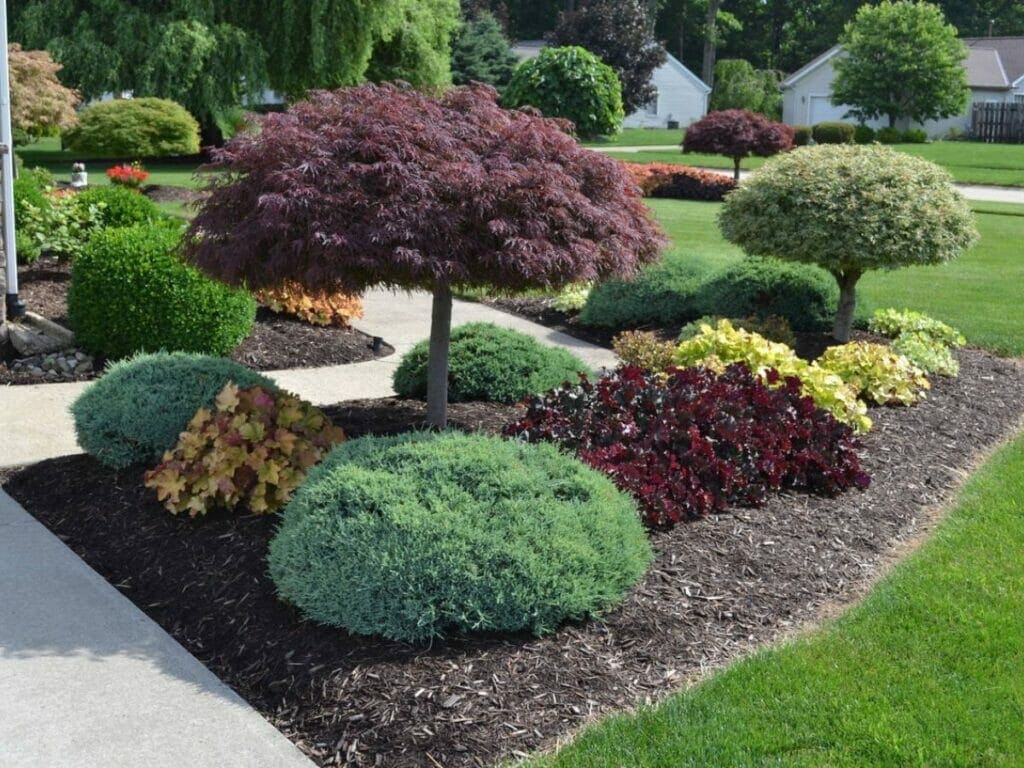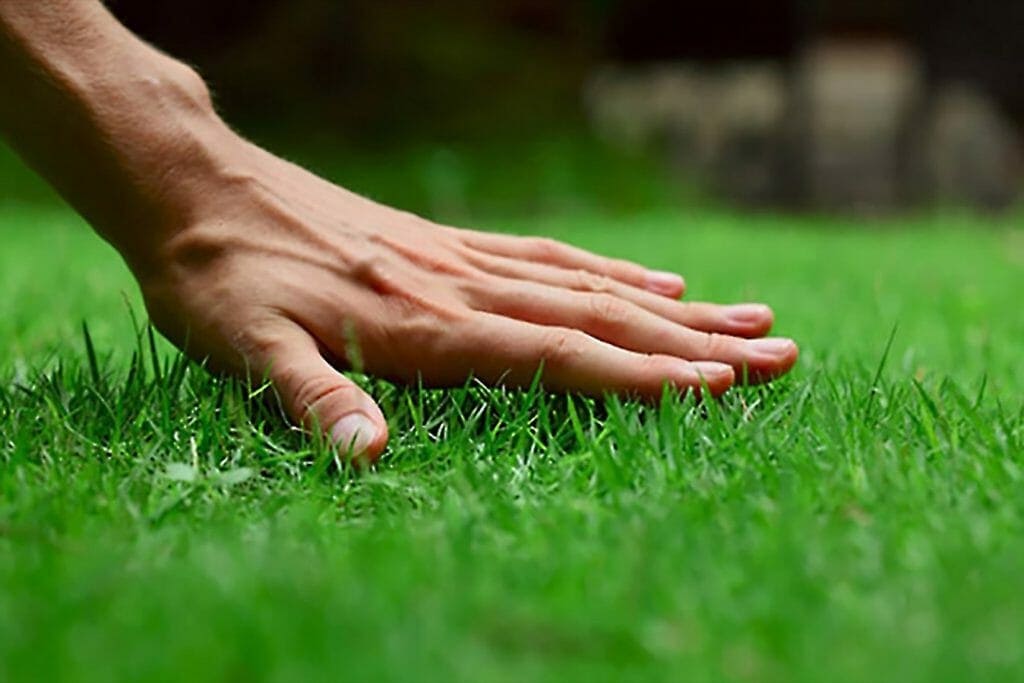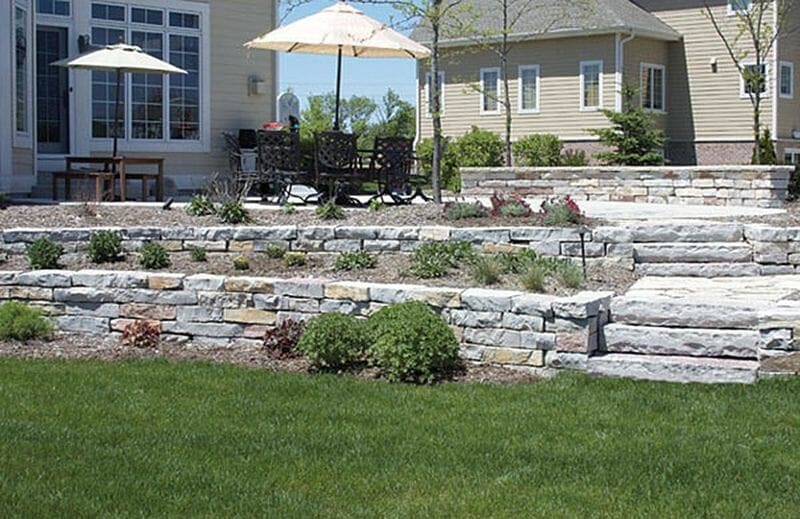When it comes to creating a landscape design, there are four basic elements to consider: Line, Form, Color, and Scale. You’ll need to pay close attention to the four seasons when selecting colors for your landscape design.
You should also consider the colors that are used for hardscapes.
Line
Lines are an important design element in landscape design. They can be used to draw attention to a specific object or control movement. Lines can be straight or curved, and can be used to create an informal or formal look. They can also add depth to a landscape. Lines also help to define different textures. There are three basic types of texture: coarse, medium, and fine.
Lines are used to delineate plant beds, hardscape areas, and built features. They define the orientation of each object in a landscape and connect them to each other. Lines are also used to define the vertical forms of built features. Using lines in a landscape design can help to create unity and flow throughout the garden.
Lines can be curved, horizontal, or vertical. Curved lines add interest to pathways, while straight lines create a sense of order and formal crispness.
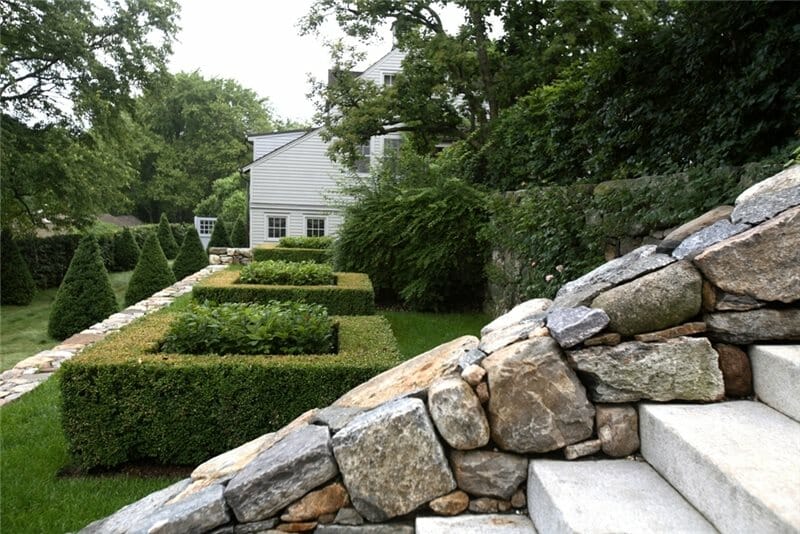
Form
Landscape art can take many forms. One popular genre is representational landscape art. Representational art focuses on the natural beauty of a landscape and its features. Artists typically use natural colors and textures and do not use special filters to create a more realistic picture. This type of art emphasizes natural beauty and reflects the feeling and energy of a place.
This type of art is often associated with the Hudson River School, which emerged during the middle and late 19th centuries. The artists of this school attempted to capture the epic scale of a landscape. They also shared many of the same philosophical ideals of European landscape painting. Many of their works are intended to evoke the spiritual benefits of nature. Other artists of this movement included Thomas Cole and Albert Bierstadt.
A more contemporary approach focuses on the relationship between landscape and architecture theory. Contemporary architecture is increasingly reconceived as an active agent of the landscape. This perspective requires an understanding of the ecology and site conditions of the area to which the building is located.
Color
There are two basic elements that make up a landscape design: color and line. Each has different visual impacts depending on its use in a landscape. Color is most commonly used in plants and hardscape, where it can add a sense of mood and variety to the design. While color is the most visible element of a landscape design, it can also be the most challenging to design. Its placement in a landscape should be based on the plant’s or animal’s characteristics and season. Colors should be selected to emphasize the subtle aspects of the elements.
Colors can make or break a landscape design. If used in the right way, colors can evoke different feelings in the viewer, making it more likely that they’ll enjoy the space and make it look good. They also enhance the visual appeal of a landscape and home.

Scale
The scale of landscape plays an important role in species-landscape relationships. Despite this fact, scale is often under-represented in studies, and the effects of landscape context are under-estimated. In addition, many researchers arbitrarily select a single spatial scale to investigate the effects of landscape. This approach is problematic, as the true scale is often much larger than the scales considered. This bias can lead to biased assessments.
A more thorough understanding of scale is needed to improve the understanding of species-landscape relationships. Species responses vary widely across scales and are poorly described by theory. As many landscapes are urbanizing, understanding the scale of landscape effects on species’ responses is crucial. In a recent study, scientists examined the effect of urbanization on wildlife populations in 60 000 wildlife detections collected from 207 camera traps.
One common approach to assessing scale is to calculate the mean value of the landscape covariate for buffers of varying sizes around a focal site. Then, using a metric like AIC, fit models using the values from each buffer. The best model should then be chosen and the scale of the effect can then be estimated. This approach is somewhat unrealistic, however, as it assumes that the effect of the landscape covariate is constant within the buffers. A better approach involves using a distance-weighted smoothing function.
Texture
Texture is one of the basic elements of design and is a way to convey a feeling of space and distance. Different types of texture create different effects. For example, a fine texture will exaggerate distance while a rough texture will minimize it. In the same way, texture also affects the way we perceive the landscape from a distance.
Lines are another basic element of landscape design. They are used to guide the eye through the landscape design. They may be straight or curved, a boundary between two materials, or a silhouette outline of a three-dimensional form. These lines can lead the eye into the distance or around a corner, and they can also direct the eye back to a focal point in the landscape.
Texture plays a vital role in creating the right feel for the landscape. Plants, rocks, and stonework all have various textures, and these can make a difference in the overall mood of the space. For example, a large tree can make surrounding shrubs and flowers look tiny, and a small plant in a large-plant environment can produce a completely different feeling. By using textures in the right places, you can create an eye-catching landscape without cluttering the space.
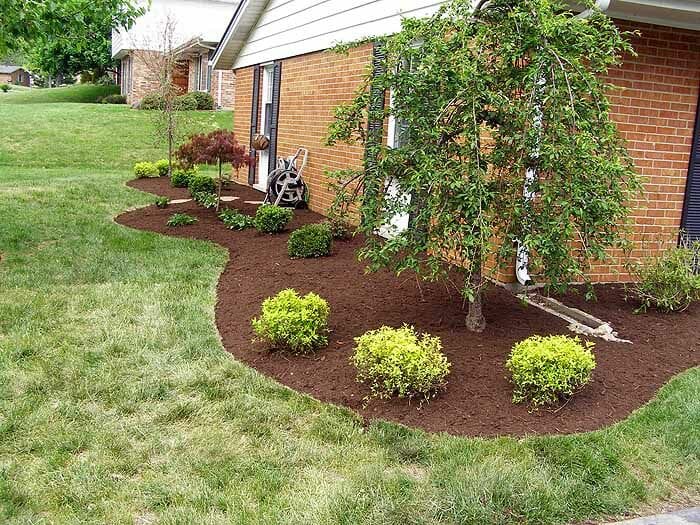
What are the important of landscape?
Landscape design incorporates five basic elements to create a pleasing and balanced aesthetic. Each element provides a different look and feels and their balance is essential to creating harmony in a landscape design. The most important element of design is line, which combines straight and curved elements to create formal and informal looks. Texture also plays a large role in a landscape design. There are three main types: coarse, medium, and fine.
In designing a landscape, it is essential to understand the basic elements of design. Knowing these principles will allow you to work your way through the design process effectively. Landscape design principles are outlined in a publication that describes each element. These elements create visual qualities that evoke different emotions, and if these emotions are positive, then people are more likely to enjoy the space. Line is one of the most fundamental elements in composition, as it creates all forms and patterns. It can be used in a variety of ways in a landscape, including asymmetry and composition.
Proper proportion is another important element of landscape design. Proper proportion means that elements are proportional to one another. For instance, a large water feature would dominate a private garden, whereas a large tree would provide a pleasing balance to a tall office building. Similarly, a small swimming pool wouldn’t make sense in the middle of a sprawling lawn, but would be a nice addition to the backyard area.
Conclusion
Landscapes are generally composed of a variety of objects. These objects will be arranged in an orderly pattern, and will have contrasts in their color, texture, and scale. Landscapes also often incorporate patterns, and repetition is a popular method of creating patterns. However, this method can lead to monotony and confusion. One way to avoid this is to use simple repetition, where similar objects are grouped together in groups.
The elements of the landscape are often interrelated, but the placement of these elements is crucial to creating a balance. A harmonious arrangement of these elements can create a space that feels inviting. The design process should begin by identifying how each element functions and complements each other. Then, a professional designer should work to achieve balance between all the different elements that make up a landscape.
In addition to natural landscapes, cultural landscapes can also have symbolic significance. They reflect the interaction between humans and the environment. For example, they reflect settlement patterns and crop cultivation. In addition, they offer insights into society and history. A cultural landscape can be highly valuable to both the visitor and the creator. Tourism is another factor that affects landscape value.

